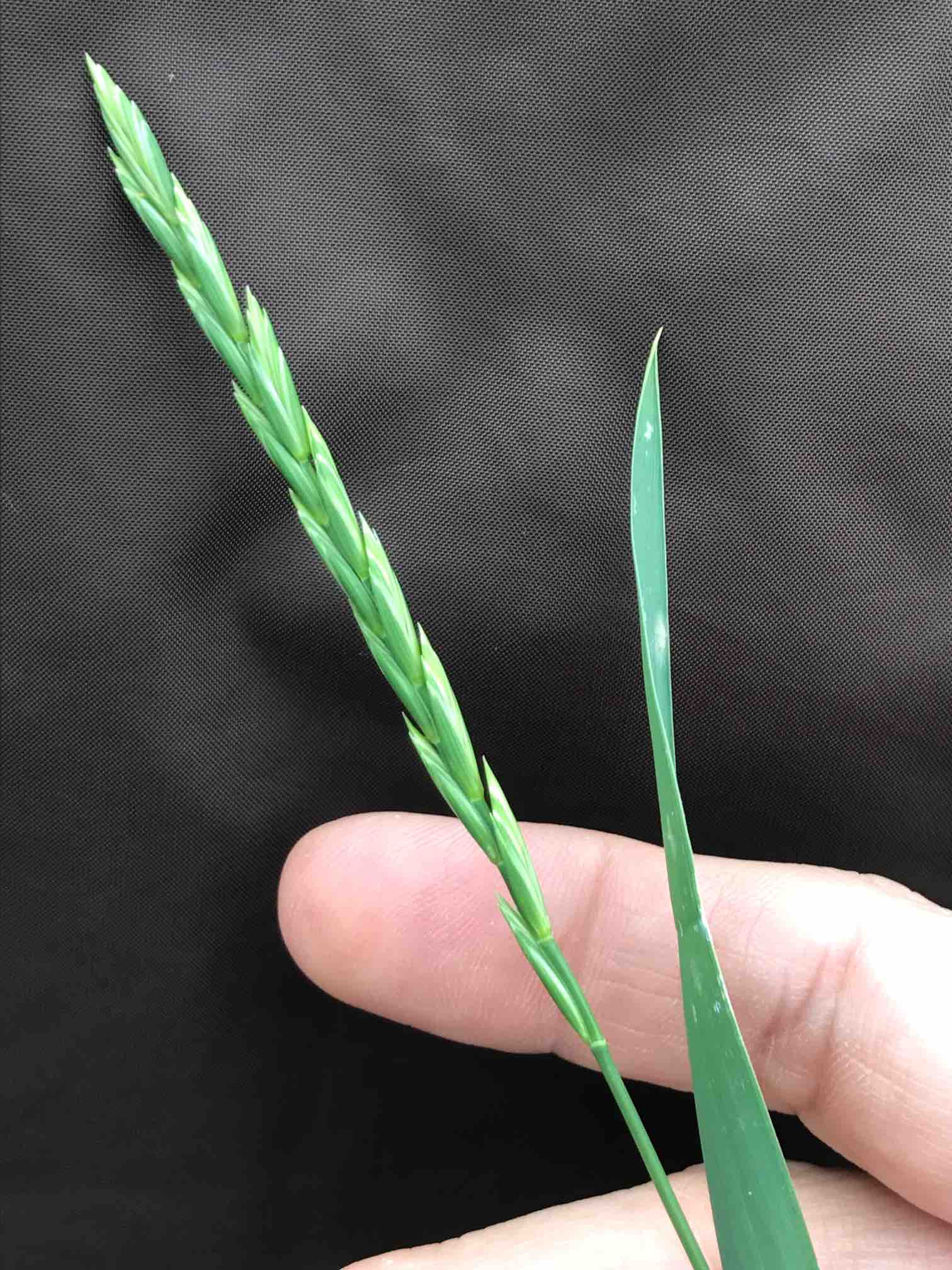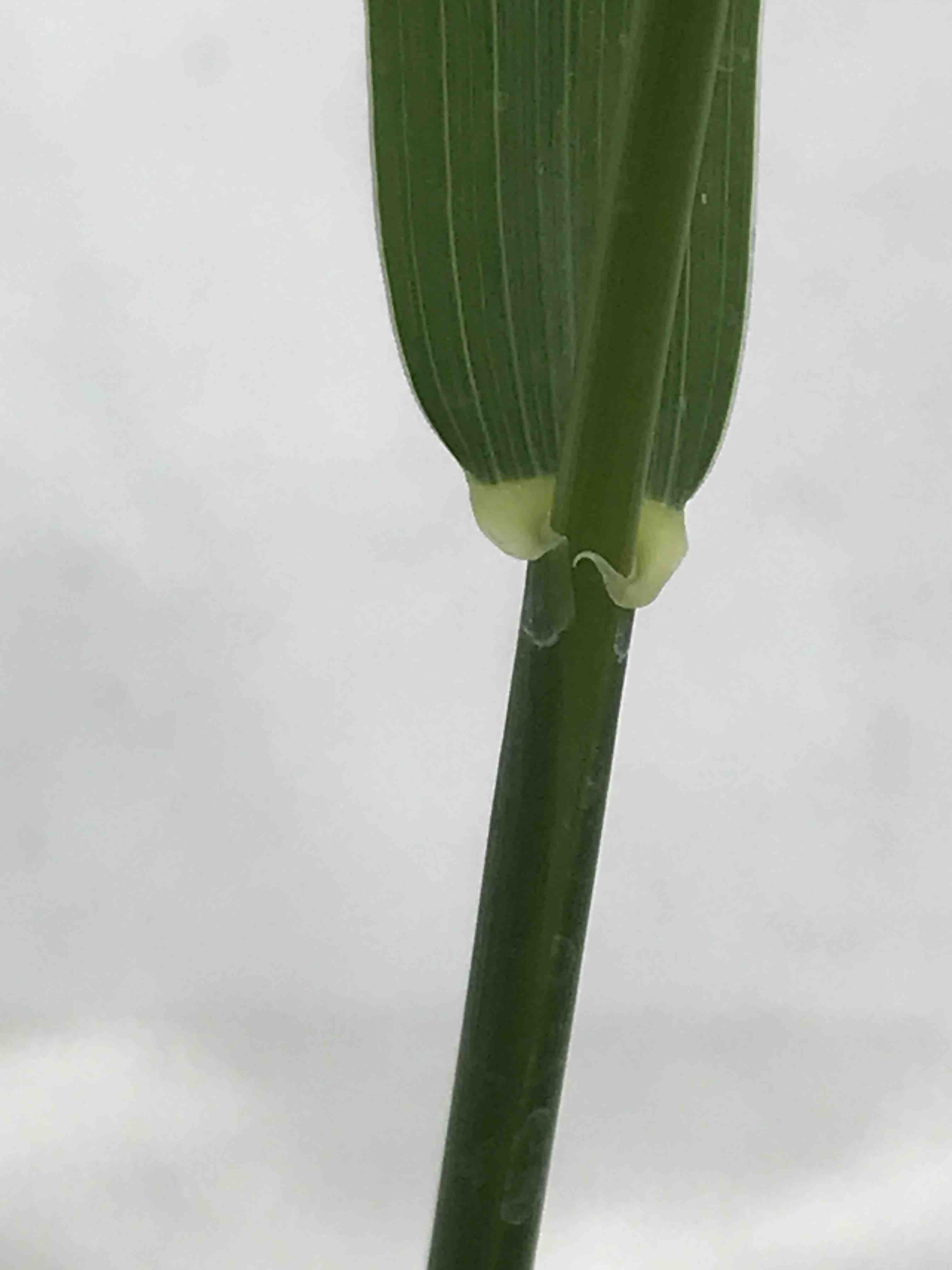| Scientific name: | Elymus repens |
| Cultivars: | None-typically a weed |
| Origin: | Europe |
| Growth Habit: | Sod type, very aggresive |
| Life Cycle: | Perennial |
| |
| Use |
| |
| Production: | Highly invasive weed but provides nutritive value when grazed.Early spring to September/October |
| Nutritive Value: | Well managed can provide adequate nutritive value. |
| |
| Identification |
| |
| Seed Head: | Spike (loose to compact) |
| Seed: | Seeds are formed in flattened spikelets along the seed head |
| Shoot: | Erect, round stems. Will produce rhizomes up to 2 ft long |
| Leaf: | Leaves are flat and rolled at base (resemble wheat). Waxy coating, |
| Auricles: | Narrow, clasp to stem, white to purple in color. |
| Ligule: | Very small; membranous |
| |
| Adaptation |
| |
| Soil: | Grows as weed in disturbed soils. Prefers finer soil but had been seen in sandy soils |
| pH: | 6.5-8.0 - has been seen in acidic soils, but not frequently. |
| Moisture: | Moderate, fairly drought tolerant. |
| Temperature: | Temperate. Cannot tolerate constant shade. |
| Other: | Can withstand high quantities of salt. |
| |
| Establishment - Management |
| |
| Seeding rate: | Spreads via rhizomes. Weedy species, not planted. Many seeds from plants are sterile. |
| Seed cost: | N/A |
| Planting date: | N/A |
| Planting depth: | N/A |
| Frost seeding: | N/A |
| Fertilization: | N/A |
| Grazing: | Horses and cattle will eat quackgrass over other weeds.Pigs will burrow for rhizomes. |
| Hay: | Can travel as a weed in hay. |
| |
| Notes |
| Use to stabilize erodible soils |
| |
| Photos |
|

Quackgrass raceme inflorescence (resembles that of ryegrass)

Auricles visible at collar region
|